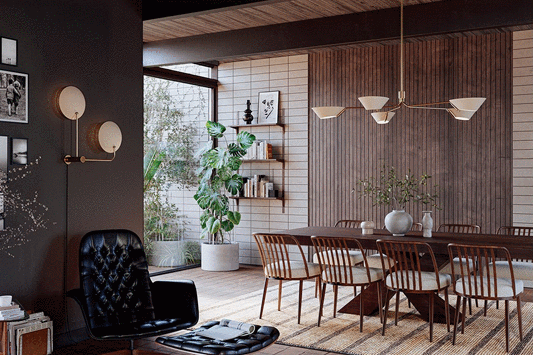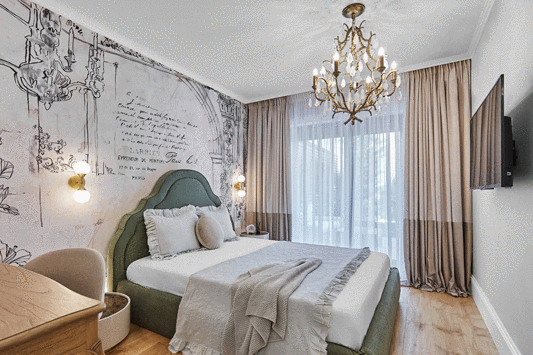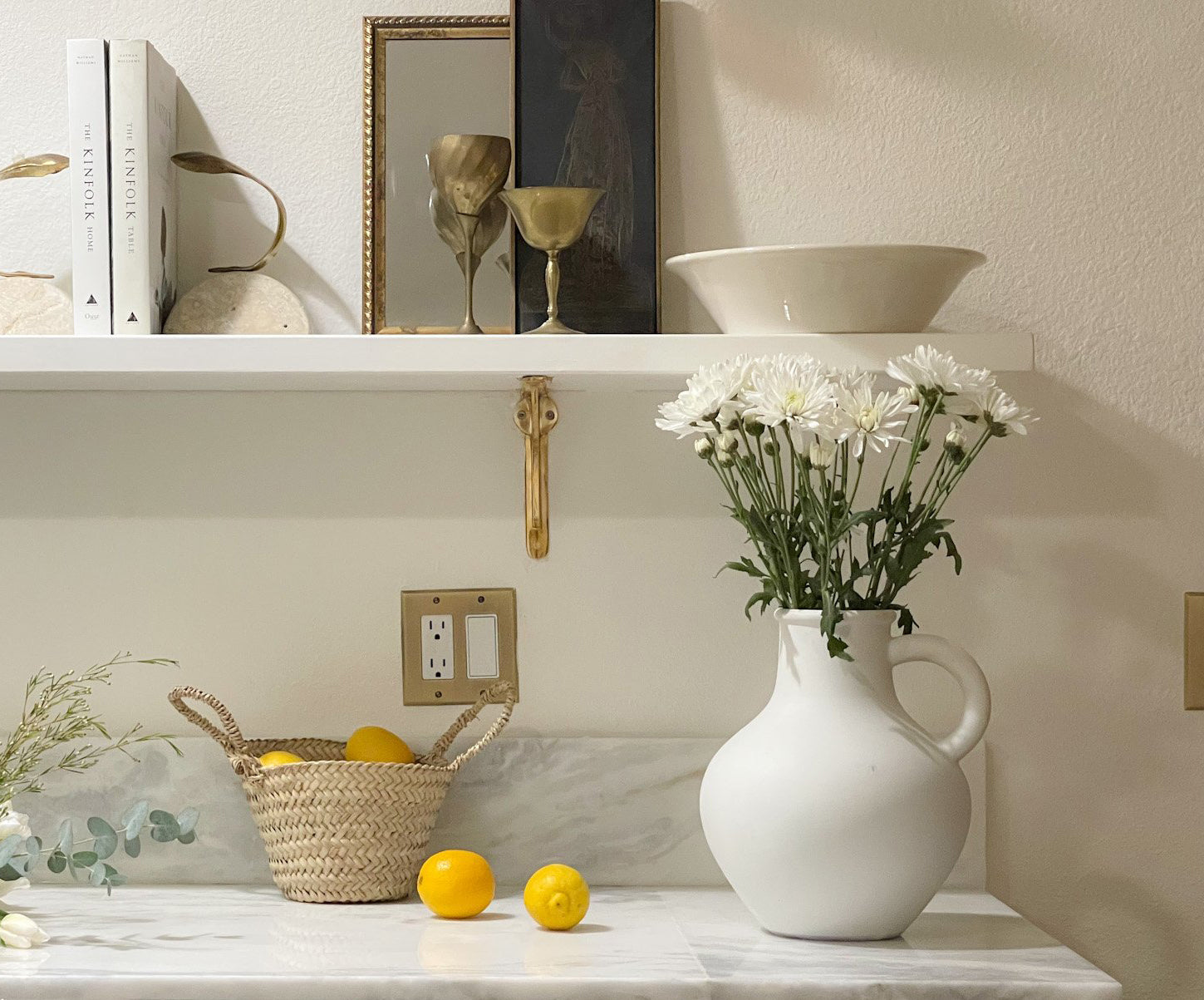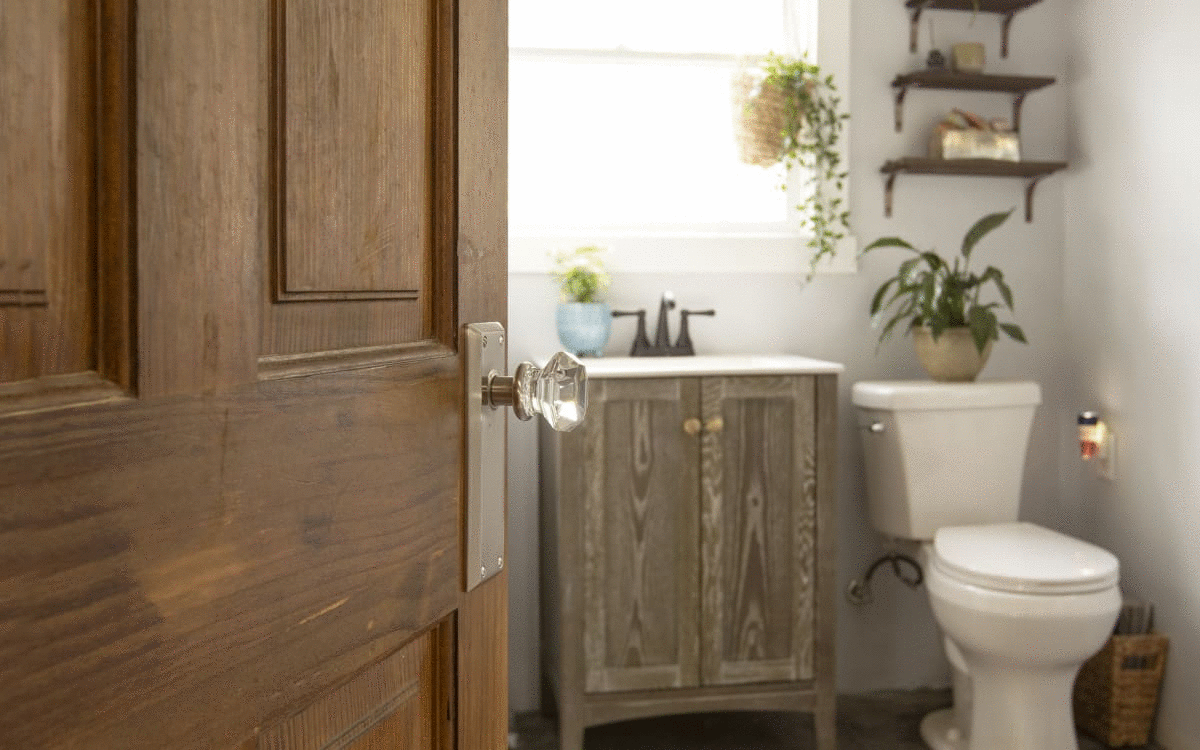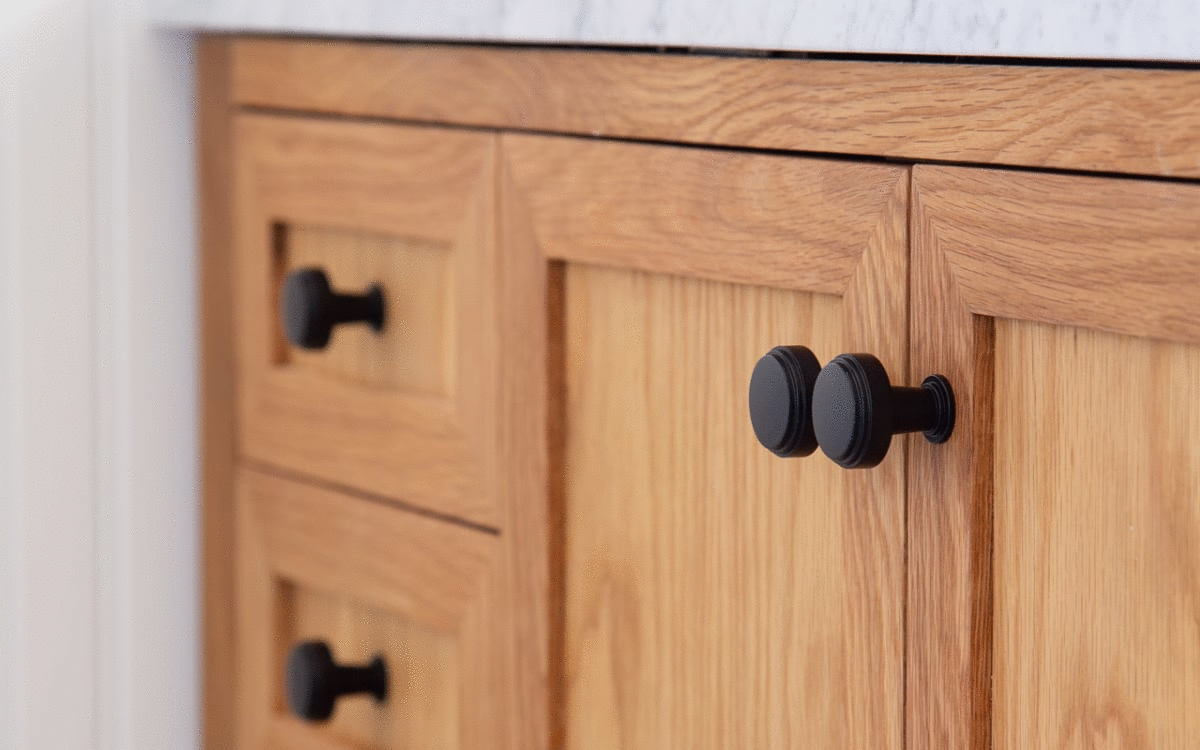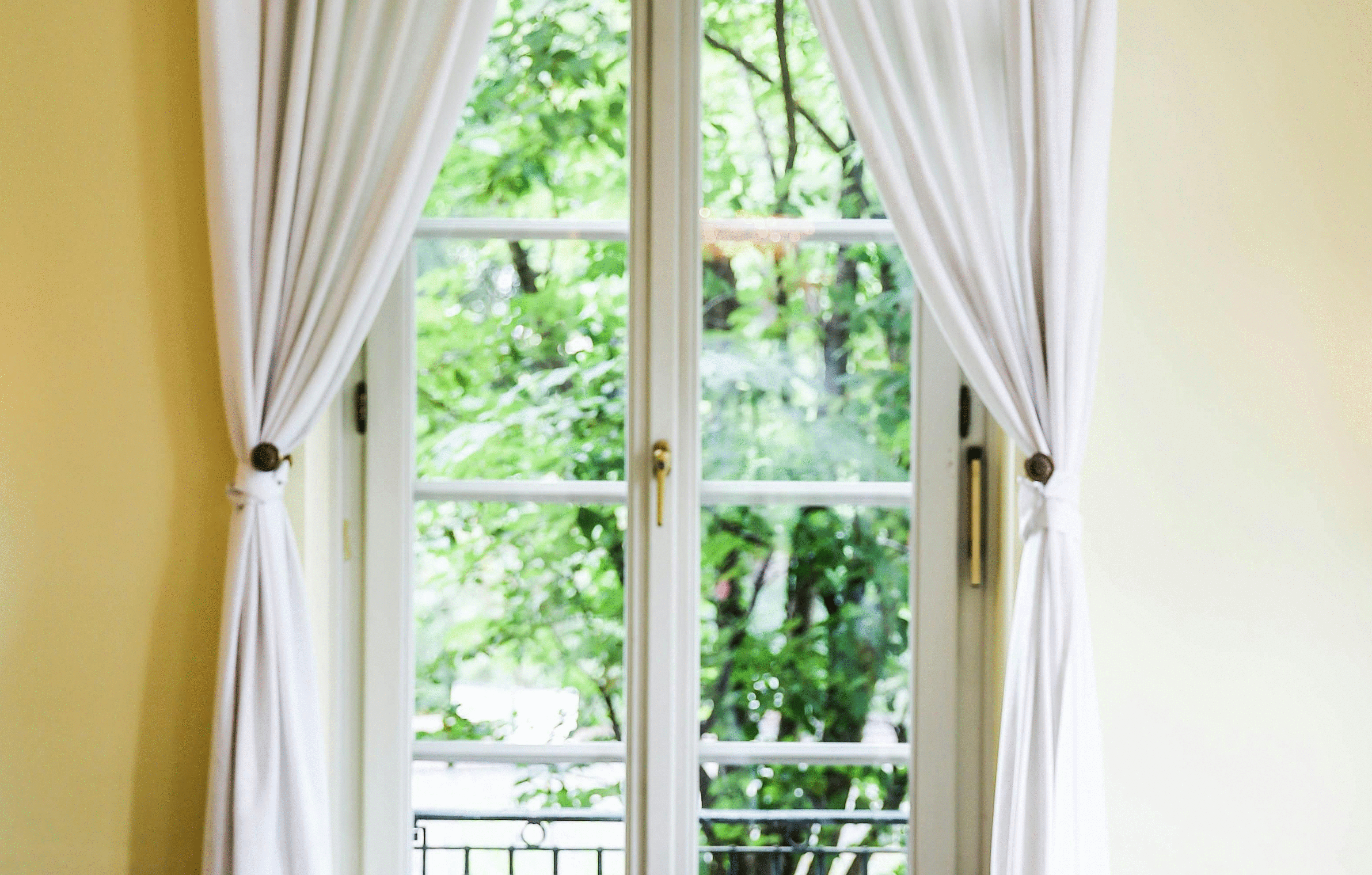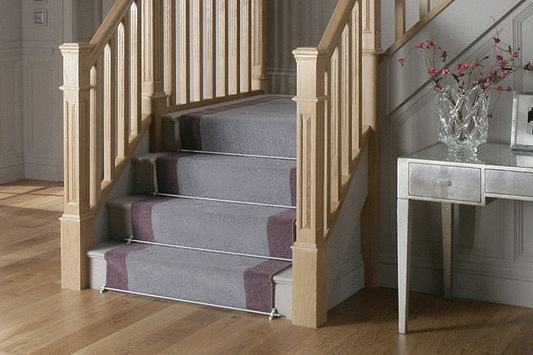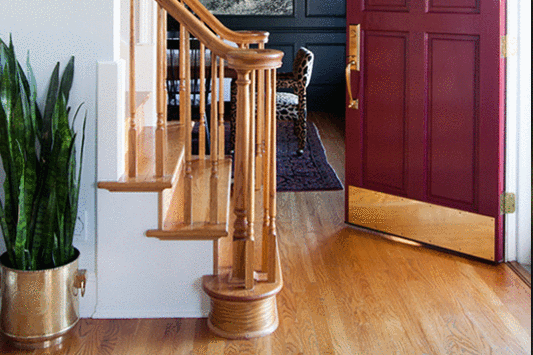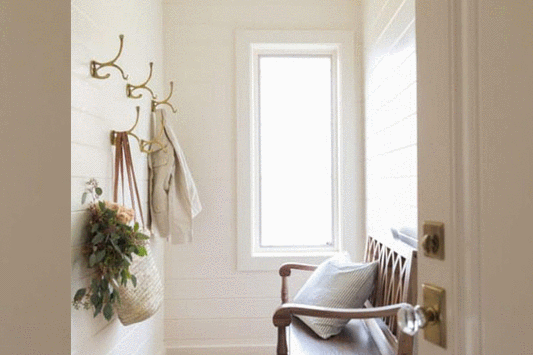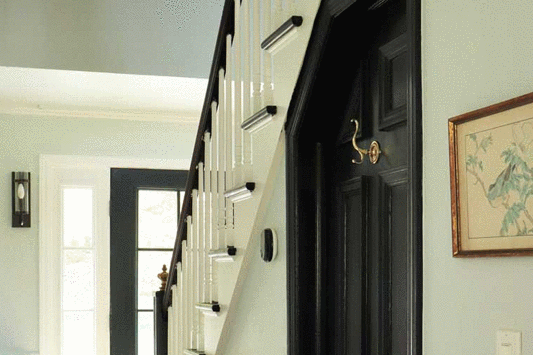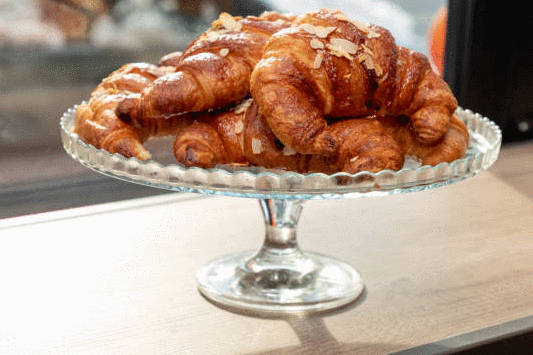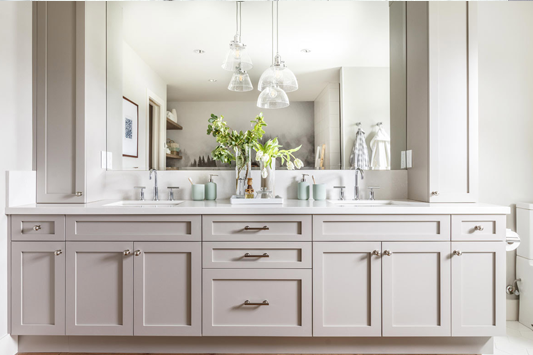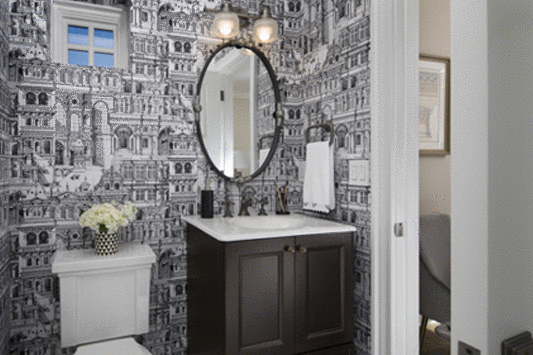Georgian Furniture

The Golden Age of Georgian Furniture & Hardware
Georgian style furniture was crafted during the late 17th and mid-18th century. It was named after the English Kings George I, George II and George III. It is considered to be a more elaborate version of Queen Anne style furniture. To understand the furniture, you have to understand the period during which it emerged. The beginning of the Georgian Era was the same time period during which England was moving out of the Reformation period and into the period of Enlightenment or the English Renaissance. This was a time period during which the aristocracy flourished, even as the country moved towards becoming a democracy. It was an age during which grand art, literature and architecture was typical.
|
|
|
|
 |
 |
 |
Grand homes need grand furniture. The Georgian period began at the end of the Queen Anne period, but it can be divided into three timeframes – early, middle and late. The early Georgian period furniture is quite similar to the Queen Anne style furniture, except that craftsmen began to use mahogany instead of walnut. In addition, the architect William Kent travelled to Italy to study and studied Palladianism, which is based on the architecture of Andrea Palladio. In those days, furniture designs were heavily influenced by architectural designs. As a result, Kent designed furniture that imitated the Baroque style. It was large, heavy and elaborate. The tables, chairs, bookcases and desks were heavily ornamented with shells, scrolls, sphinxes, masks and much more. The early Georgian furniture was designed for the grand homes and usually had gilded ornamentation.
|
|
|
|
 |
 |
 |
Great Furniture Designers Appear
The mid-Georgian period saw the furniture become simpler, lighter and more affordable for the burgeoning middle class. The middle period furniture is a blend of the Baroque style, the French Rococo style, and a unique English style. There was still some gilt ornamentation and classical motifs, but the Chinese motifs that are common in Rococo furniture were dropped. This was the period during which the cabinetmaker Thomas Chippendale published a book which clearly outlined the adapted mid-Georgian-Rococo furniture style. The furniture still has the elaborately curved legs (cabriole), usually terminating in the ball-and-claw foot or pad, and intricate carvings.
|
|
|
|
 |
 |
 |
During the late Georgian period, the English Neoclassical style appeared. This was a golden age for furniture designers. Many famous furniture makers created designs during this time period that have features still used today. The designers include George Hepplewhite, Robert Adam, Thomas Sheraton and James Stuart. The late Georgian period furniture is designed with Greek and Roman inspired motifs and is more elegant. The curves begin to straighten out and the ornamentation is decidedly less elaborate, though still abundant. The furniture uses lighter carvings, veneers and inlays. Straight legs appear on the furniture. Chair arms have only a slight curve.
|
|
|
|
 |
 |
 |
Variety of Hardware for a Variety of Furniture
A common piece of hardware used was the bat wing plate with bail. The drawer pull normally had a pierced or solid cast brass back plate and a bail handle. The size of the drawer pull varied considerably based on the size of the furniture. As would be expected, the massive early period furniture needed large hardware.
Since the furniture varied over the Georgian era, there is a variety of hardware associated with this furniture style, including the following:
- Levers
- Rosettes
- Door Pulls
- Escutcheons
- Hinge Covers
- Finials
- Latch Pulls
- Cabinet Pulls
|
|
|
 |
 |
Georgian style furniture and hardware is interesting and unique. Some of the greatest furniture designers appeared during this time. For this reason, the Georgian period is also known as “The Golden Age of Furniture”.


